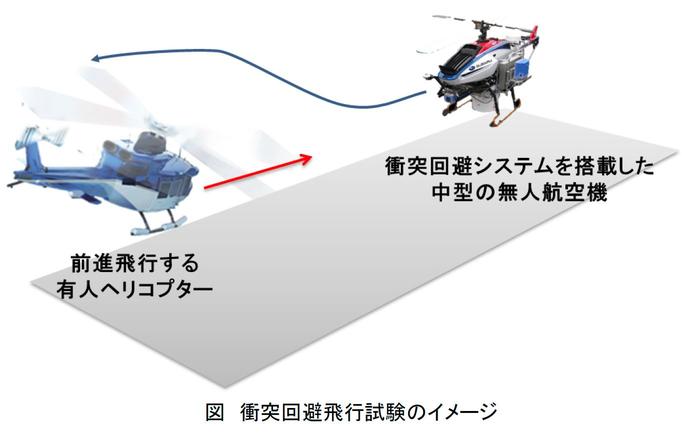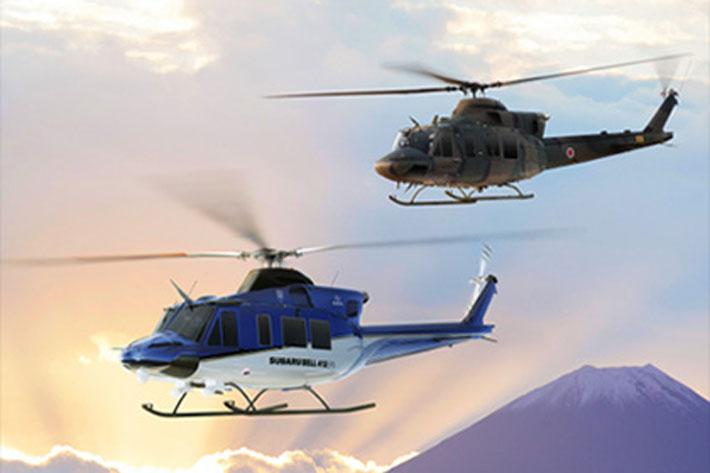"Beats Flex-fragment design special edition" is now on sale on Apple's official website
11/03/2022

Five companies including Subaru succeed in autonomous collision avoidance in the practical speed range with small unmanned aerial vehicles for the first time in the world
5 companies including Subaru and Japan Radio announced that they succeeded in autonomous collision avoidance at a relative speed of 200 km/h, which is the practical speed range, in flight tests of small unmanned aerial vehicles. It is the first time in the world that a similar experiment has been successfully conducted in the practical speed range. Utilizing the results of the experiment, we aim to quickly establish collision avoidance system technology for the prevention of aircraft accidents. The experiment was conducted from September 9th to 10th in Minamisoma City, Fukushima Prefecture. A 10km class unmanned aerial vehicle flying at 50km/h and a manned helicopter flying at 150km/h approached from the front. An avoidance route was generated in real time based on the data obtained from the sensors mounted on the unmanned aerial vehicle, and autonomous avoidance flight was successful. The use of drones and medium-sized unmanned aerial vehicles is expanding in fields such as agriculture, and they are expected to be used for transporting goods and searching for victims in the event of a disaster, and the number of operations is increasing. On the other hand, there are also cases of approaching manned aircraft such as doctor helicopters, and it is expected that collision avoidance technology will be put into practical use. In addition to the two companies, Nippon Avionics, ACSL, and Magellan Systems Japan participated in the demonstration experiment.
